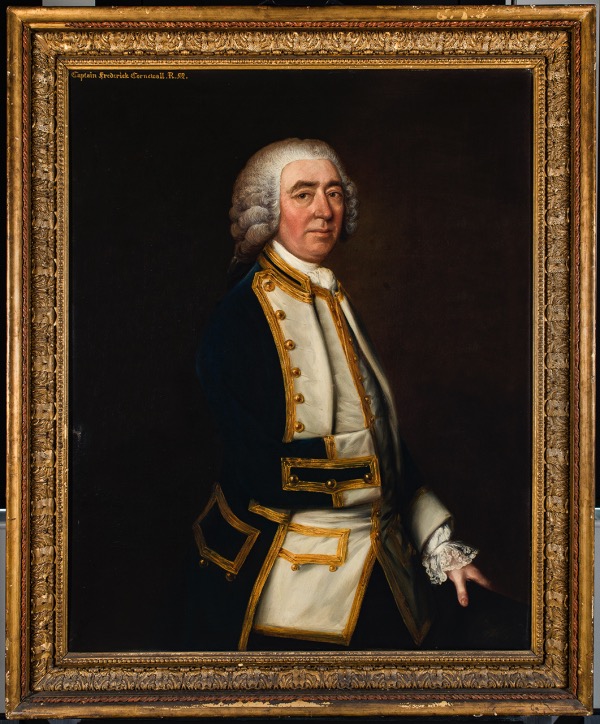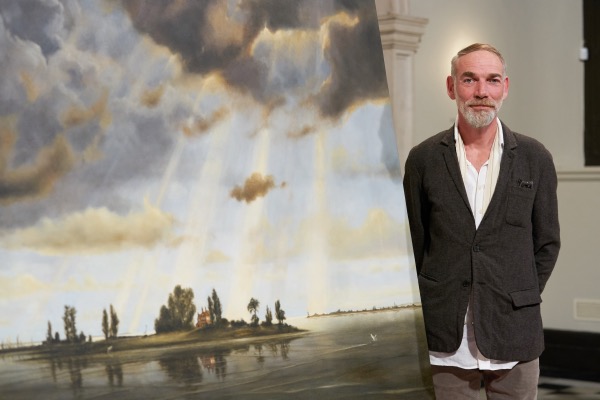Part of the collection at Royal Museums Greenwich since 1960, this three quarter-length portrait of Captain Frederick Cornewall (1706 – 1788) has in recent decades had been attributed to an unknown artist and held in storage.
That was reportedly thanks to a curator who, after the painting was acquired by RMG, didn’t deem it of sufficient quality to be a work of famed 18th century artist Thomas Gainsborough (1727 to 1788) (this was despite having previously been attributed to him).

Research by historian Hugh Belsey and RMG curators has now turned that on its head. Belsey, who had first come across the work in a photograph dating from the early 20th century, requested to see it in February last year after becoming aware it was in the museum’s collection.
Having inspected it, he found it – based on the warm palette and “unrivalled” draughtsmanship – to have been a work by Gainsborough and dated it to about 1762 when the artist was working in Bath. Society columns in newspapers from the time confirmed that the Captain had visited Bath in March, 1762.
‘I have been studying Gainsborough’s works for over forty years and during that time I have taken every opportunity to look at as many paintings and drawings as possible,” said Belsey. “I am delighted that this splendid portrait is now identified as a fine early work by Gainsborough.”
The painting, which was perhaps intended to commemorate Cornewall’s retirement from active naval service the previous year, depicts the captain in undress uniform and a bag wig, standing against a plain brown background.
He is shown without his right arm which he lost in 1744 Battle of Toulon (he also fought in the Battle of Minorca in 1756), the sleeve of his coat attached by a small loop to a button on his waistcoat apparently in imitation of the traditional 18th-century pose where men were often painted tucking one hand into their waistcoat.
Gainsborough has painted him with his right arm forward in an apparent effort to emphasise his war wound.
The painting is currently too fragile for display, according to curators, and RMG has launched a crowdfunding campaign to raise £60,000 towards the conservation work is preparation for its eventual display at the Queen’s House.
To donate, head to https://donate.rmg.co.uk/.


